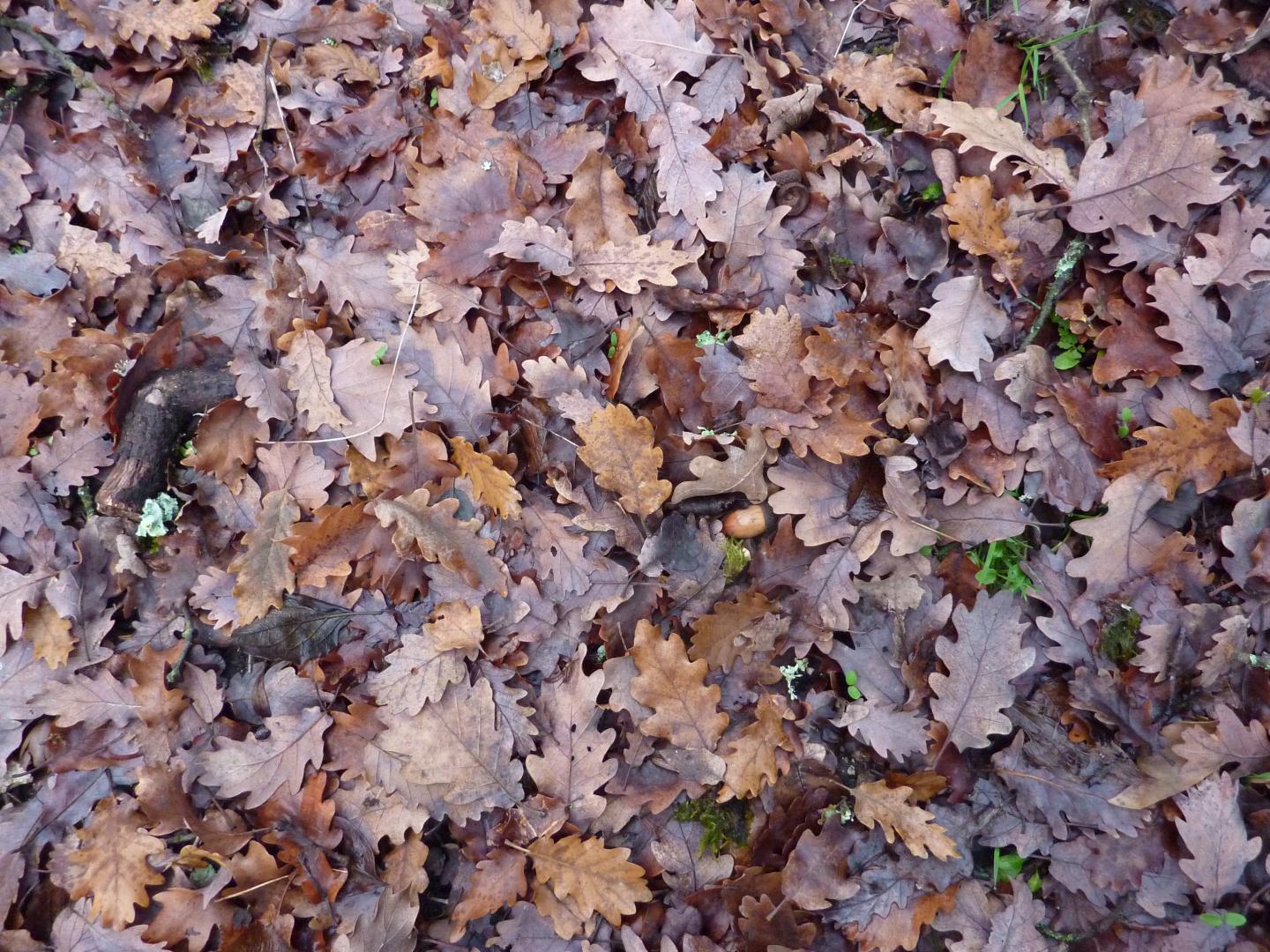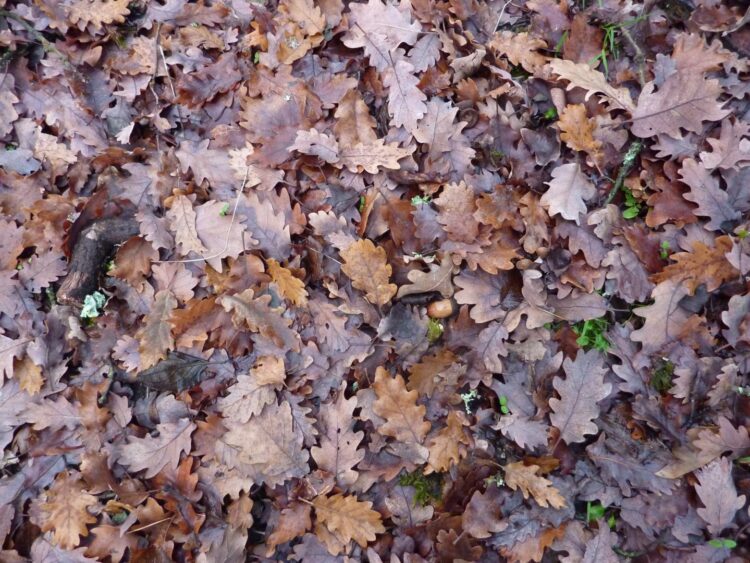Two independent studies exploring how biodiversity impacts plant decay in forests worldwide could help predict the potential effect of species loss on ecosystems

Credit: Léa Beaumelle (CC BY 4.0)
Scientists have provided new insights on the relationship between plant diversity in forests and the diversity of organisms involved in their decay, such as bacteria and fungi.
Plant litter decomposition is a major ecosystem function, linking plant biomass to carbon stocks in the soil and atmosphere, and releasing nutrients including nitrogen and phosphorus that influence soil biodiversity. Two new independent studies, published today in eLife, report how plant biodiversity impacts decomposition processes and could help predict how the loss of species might affect forest ecosystems.
For the first study, researchers based in China and France analysed the relationship between the diversity of plant litter and decomposition across 65 field studies in forests around the world. Their results show that plant decomposition is faster when litter is composed of more than one species. This was particularly clear in forests with mild temperatures, but were more variable in other forest environments.
“We also found that plant diversity accelerated the release of nitrogen, but not phosphorus, potentially indicating a shift in ecosystem nutrient limitation caused by a change in biodiversity,” explains joint first author Liang Kou, Associate Professor at the Institute of Geographic Sciences and Natural Resources Research, Chinese Academy of Sciences, Beijing, China. “This discovery was again clear for temperate forests, but still needs confirmation for boreal, Mediterranean, subtropical and tropical forests that are currently limited on data.”
“Our results suggest that biodiversity loss will modify carbon and nutrient cycling in forest ecosystems,” adds joint senior author Huimin Wang, Professor at the Institute of Geographic Sciences and Natural Resources Research, Chinese Academy of Sciences. “The potential impact of changes in litter diversity on carbon and nutrient cycling warrants particular attention in future studies, which would ideally integrate responses from decomposers for a better understanding of changes in carbon and nutrient cycling and the mechanisms driving them.”
The second study in eLife, from researchers based in Germany and Belgium, similarly highlights the important links between plant litter and decomposer diversity, but it also shows how these links can be influenced by human activity.
“Industrial and agricultural activities can have detrimental effects on decomposer organisms,” says first author Léa Beaumelle, a postdoctoral researcher at the German Centre for Integrative Biodiversity Research (iDiv) Halle-Jena-Leipzig, University of Leipzig, Germany. “They release chemical stressors such as metals and pesticides, as well as nutrients, into soil and water. Chemical stressors and added nutrients modify decomposer communities by affecting their diversity, abundance and metabolism.”
Previous experiments conducted in simplified conditions have shown that biodiversity loss has detrimental effects on ecosystem processes. But how these results apply to real-world scenarios of change in biodiversity remains unclear. The researchers set out to discover if the responses of plant litter decomposition to chemical stressors and added nutrients can be explained by changes in decomposer diversity across ecosystems.
To do this, the team analysed the results of 69 independent studies that reported 660 observations of the effects of chemical stressors or nutrient enrichment on animal and microbial decomposers and on plant litter decomposition. They found that declines in the diversity and abundance of decomposers explained reductions in plant decay rates under the influence of chemical stressors, but not added nutrients. This suggests that human activities decrease decomposer biodiversity, which then leads to significant effects on ecosystem functions.
“These findings could inform the design of suitable strategies to maintain biodiversity and ecosystem functioning,” concludes senior author Nico Eisenhauer, Head of Experimental Interaction Ecology at the German Centre for Integrative Biodiversity Research (iDiv) Halle-Jena-Leipzig, University of Leipzig. “But they also show that these strategies must take human activities into account and cannot rely solely on improving biodiversity alone.”
###
References
The papers ‘Diversity-decomposition relationships in forests worldwide’ and ‘Biodiversity mediates the effects of stressors but not nutrients on litter decomposition’ can be freely accessed online at https:/
Media contact
Emily Packer, Senior Press Officer
eLife
[email protected]
01223 855373
About eLife
eLife is a non-profit organisation created by funders and led by researchers. Our mission is to accelerate discovery by operating a platform for research communication that encourages and recognises the most responsible behaviours. We work across three major areas: publishing, technology and research culture. We aim to publish work of the highest standards and importance in all areas of biology and medicine, including Ecology, while exploring creative new ways to improve how research is assessed and published. We also invest in open-source technology innovation to modernise the infrastructure for science publishing and improve online tools for sharing, using and interacting with new results. eLife receives financial support and strategic guidance from the Howard Hughes Medical Institute, the Knut and Alice Wallenberg Foundation, the Max Planck Society and Wellcome. Learn more at https:/
To read the latest Ecology research published in eLife, visit https:/
Media Contact
Emily Packer
[email protected]
Original Source
https:/





